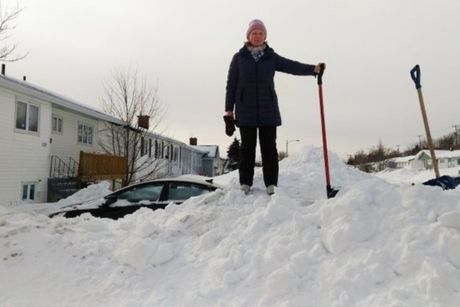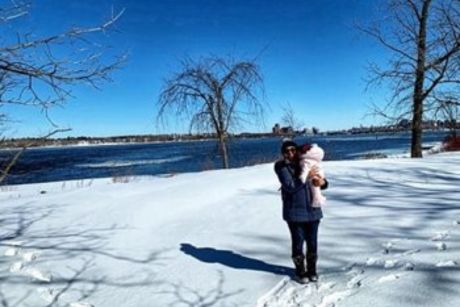In many parts of the country, winter means icy roads and sidewalks. With ice comes an increased risk of falls and injury. Here are some tips on how to lessen the risk of falls in icy conditions.
1
Latest Posts
Cold weather, ice and snow can be fun but also dangerous for children. Here are a few tips to help keep your kids warm and safe during winter.
The blizzard has finally passed. The ice storm has stopped raging. Your home is snowed in and the power is out, though thankfully your household members are safely inside. For many newcomers, the aftermath of a winter emergency requires a safe and strategic approach, including advanced planning.
Across Canada, winter can take many forms, ranging from wild storms to bone-chilling power outages. While many Canadians are familiar with how to prepare for winter emergencies, newcomers to our country may not be.
What makes the difference between a bad winter and a good one is preparation. Depending on where you live, winter can mean extreme cold temperatures, snow storms and power outages. Join us for the next seven days as we do one small thing each day to help prepare for cold days ahead.
Getting out and about during winter is something that newcomers need to prepare for in advance. Breathtaking, frozen Canadian landscapes require special knowledge, skills and planning to navigate safely. Many classic wintertime activities involve being well prepared before getting started.
Canada’s famously cold temperatures can easily catch people by surprise. As newcomers learn about their new country, winter weather will be a big part of this introduction – so the Canadian Red Cross and Immigration Services Association of Nova Scotia (ISANS) have teamed up to provide helpful advice to help them dress for winter success!
For all of its beauty, Canada’s winters can be harsh, long, and full of unexpected or hidden dangers. Luckily, with some practical cold climate planning and winter safety knowledge, new Canadians can arrive ready for real life winter situations.



